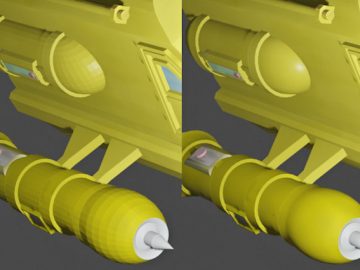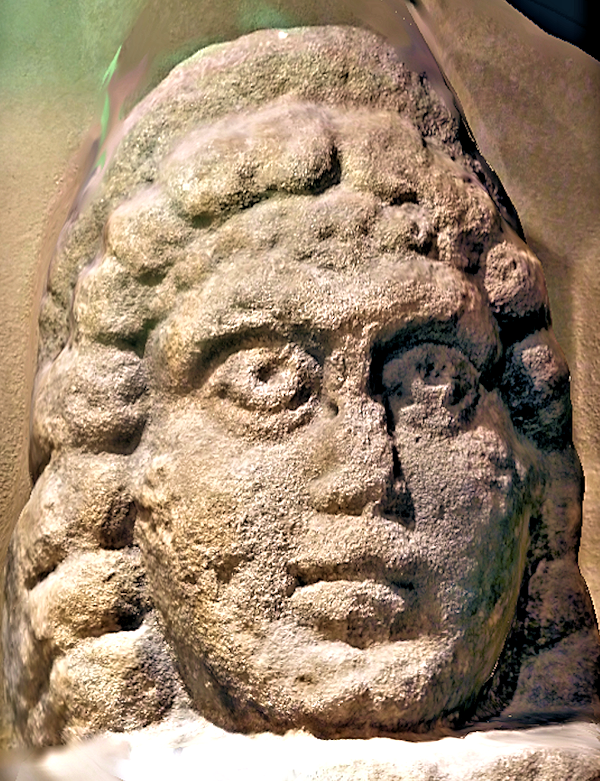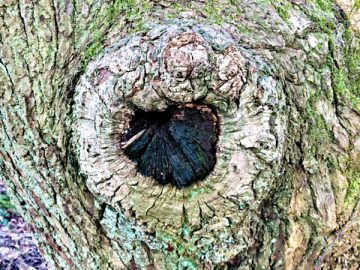This is a simple 3D model of the Charles Heath memorial in the grounds of St Mary’s Priory Church in Monmouth, South Wales (close to the Victorian air brick scan). Charles Health was an early local history and travel writer from the 18th and 19th Centuries whose works included guides to Monmouth and the surrounding areas. Given that he would have been active during the Napoleonic Wars, when access to continental Europe was more limited for tourists, his guides would have been important assets for wealth stay-cation tourists. For that reason, it’s a pity that this memorial to him is hidden away from most passing foot-traffic at the rear of the church. Therefore, I decided to 3D scan it for posterity so more people can experience it and learn more about the work of Charles Heath.
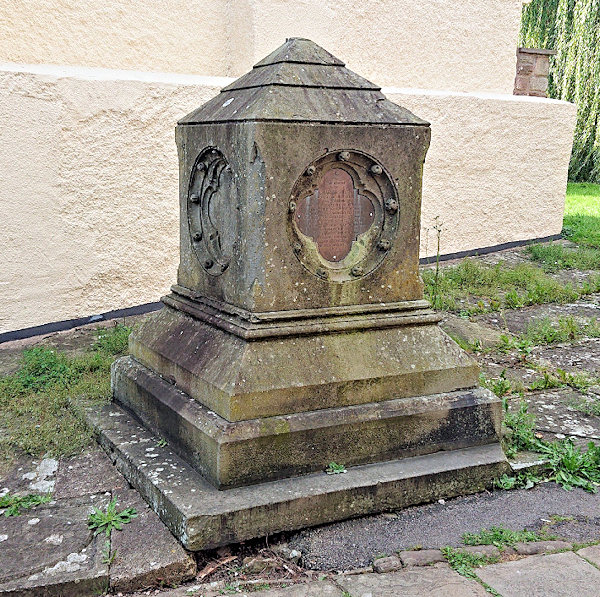
Quick summary of this 3D creation
Overview: A basic scan of the memorial to Charles Heath, an early local history and travel writer, in the grounds of St Mary’s Priory Church in Monmouth.
Location: St Mary’s Priory Church, Monmouth, South Wales, United Kingdom [map].
Date/era: Victorian, circa 1855.
Software used: Sony 3DCreator Android app, Meshmixer.
Intended use: 3D printing, either in resin or fused filament.
The inscription on the plaque on one side reads ‘To the memory of Charles Heath bookseller, historian, antiquarian, author of A History of Monmouth and other descriptive works by which were first brought into the notice of tourists the antiquities, scenery and numerous objects of attraction in the neighbourhood of Monmouth. This monument was erected by his grateful and admiring fellow-townsmen and neighbours. He died January 7th A.D. 1831 aged 70‘.
According to Wikipedia ‘Heath died on New Year’s Day in 1831 aged 69 although some report his death as 30 December 1830. A monument was not placed on his grave until 25 years later, but that memorial outside St Mary’s Priory Church is now a listed building.‘ While it’s tucked away from the town centre it’s actually quite easy to get to. From the top of the town just head to the museum and, from there, continue a couple of hundred metres or so to St Mary’s Priory Church on your right. Then just take the footpath a short distance through the church yard and you’ll find the memorial just before the path meets a road.
The memorial is the same on all four sides (except in that one side has the metal plaque inserted) so, due to other items being close by to restrict movement and distance, a scan was made of one side using the excellent Sony 3DCreator app on an Xperia XZ2 smartphone. It was then post-processed using Meshmixer to remove extraneous areas and to remesh to a sensible file size. The remeshing was done using the solidify tool in Meshmixer, using the sharp edge preserving setting so that not too much detail was lost. However, it does mean that the small balls around the inset areas are reduced in detail.
The scan was then imported into Blender where the full model was constructed by duplicating the scan into each of the four sides. That involved trimming all triangles apart from those that were part of the single side, leaving a sheet of triangles. After duplicating that to four sheets, each was rotated and translated into their final positions. The face creation function in Blender (select some vertices or edges, then press ‘f’) was then used to ‘stitch’ the sides together. While that ‘stitching’ obviously causes some artifacts on the corners, it didn’t seem to massively impact on the quality of the final model. You can see the finished model on Sketchfab below (click the play button to load the model and view it in 3D).
The 3D printed version in the photo below was printed in a Monoprice Mini SLA printer using standard photo-curing UV resin. It was oriented with the base flat on the build plate to minimise use of support material. Also, a version of the model hollowed in Meshmixer (with 2mm thick walls) was used for printing in order to reduce resin use, with a drainage hole added in the base using constructive solid geometry. It did a good job of the printing, at a small size of 35mm high, which was largely due to not having to remove and file away areas of support material. It was then painted with Pebeo craft acrylics. Craft acrylics are quite thick, so they caused some loss of detail. So, thinner paints (such as The Army Painter or Citadel ones) could have been a better option as resin layer lines are very fine and so easier to hide with thinner paints. If you want to try 3D printing it yourself, click here to go to the MyMiniFactory page to download it.
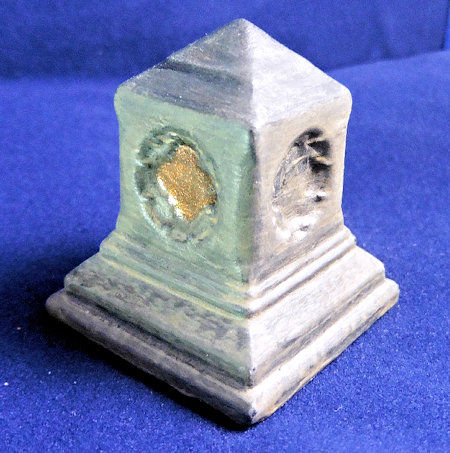
So finally, in case you’d like to use the methods in this project for your own work, let’s recap on what was involved:
- The Sony 3DCreator Android app was used to create a basic 3D scan on a smartphone, which provided a good representation albeit with reduced detail on the dark and shiny roof area, as well as in the small shiny balls.
- Due to difficulty accessing all sides, and because the memorial is basically the same on each side, only one side was 3D scanned.
- On a PC Meshmixer was used to cut away unwanted material and solidify/remesh the model to achieve a much smaller file size.
- Blender was then used to extract a single side (as a triangle sheet) before duplicating it and ‘stitching’ the four sides together into a solid model.
- Meshmixer was then used to hollow the 3D model, and to add a drainage hole in the base, to help reduce material use when resin 3D printing.
- The finished 3D model was then test printed in resin, and found to print to an acceptable quality.
- Due to the amount of detail in the final model, resin printing is likely to be the best method of 3D printing it, although not to the extent that fused-filament printing should not be considered a worthwhile option.
Please note that this scan is provided without any license for commercial use. It is intended simply as a model you can have the fun of printing yourself. And of course it is intended to be a motivation for you to visit Monmouth and see this wonderful and historic memorial: click here to see the location in Google Maps.

